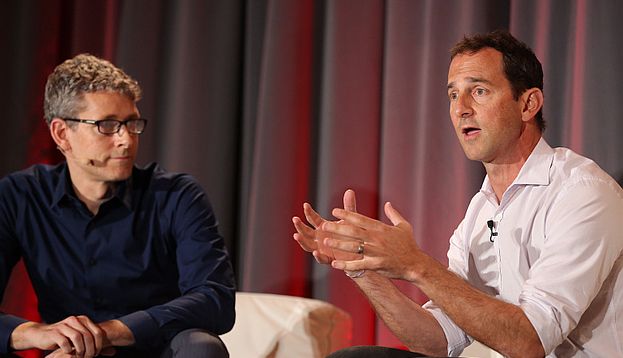Marketing doesn’t come easy – nor should it. Exploring new ideas and finding products that can connect easily with consumers are always a work in progress, as companies attempt to improve upon their practices and, as a result, pick up more business.
But paying attention to the consumer and understanding their path to purchase is a vital ingredient in this success, at least according to Google vice president of performance media Jason Spero. Sometimes the path to what leads to a purchase can be more important than the purchase itself, according to this VentureBeat article.
Spero talked at this week’s VentureBeat Mobile Summit in San Francisco, explaining the logic behind this thinking. “The more you can capture data” for said path, “the more you can have a one-on-one conversation” surrounding the consumer, according to Spero.
Data plays a key part as well, as the more data that’s captured about the consumer’s lingering for a product, “the more you can build attribution models for a multi-touch world,” he explained.
Engaging consumers – and making sure the right teams are doing so – is also important. “It’s going to be about who has the data,” he explained, “who understands the user.”
Knowing intent is above all else, no matter what other data comes into play, though. He believes that “layers of intent” make all the difference.
Spero’s thoughts come at a time when mobile marketers are having a struggle trying to figure out how to attribute sales to specific content and devices, according to this subsequent VentureBeat piece. Joe Megibow, chief digital officer at American Eagle Outfitters, gave his thoughts on this subject at the Mobile Summit conference in Sausalito, California earlier this week.
With multiple devices being used, ads can be seen in a more common way, although marketers could have a tough time figuring out which ones are successful. Word of mouth is also hard to track at times, especially if social media isn’t used.
Megibow explained through an IBM study that, although 50 percent of consumers use mobile devices for purchases, far more actually go through their desktop computers, where they outweigh mobile ones nearly three-to-one.
“If mobile is growing like crazy but it is converting only a third as well as on the desktop, you have a serious problem,” he said. “The data is saying ‘don’t spend any more marketing dollars on mobile,’ but that’s obviously wrong.”
Mollie Spilman, Critero chief revenue officer, had her own thoughts as well, believing that 27 percent of sales now take place on smartphones – and they’ll only get better. “More sales are going to happen on smartphones than tablets or desktops,” she explained.
To learn more on this research, check out this report here.

